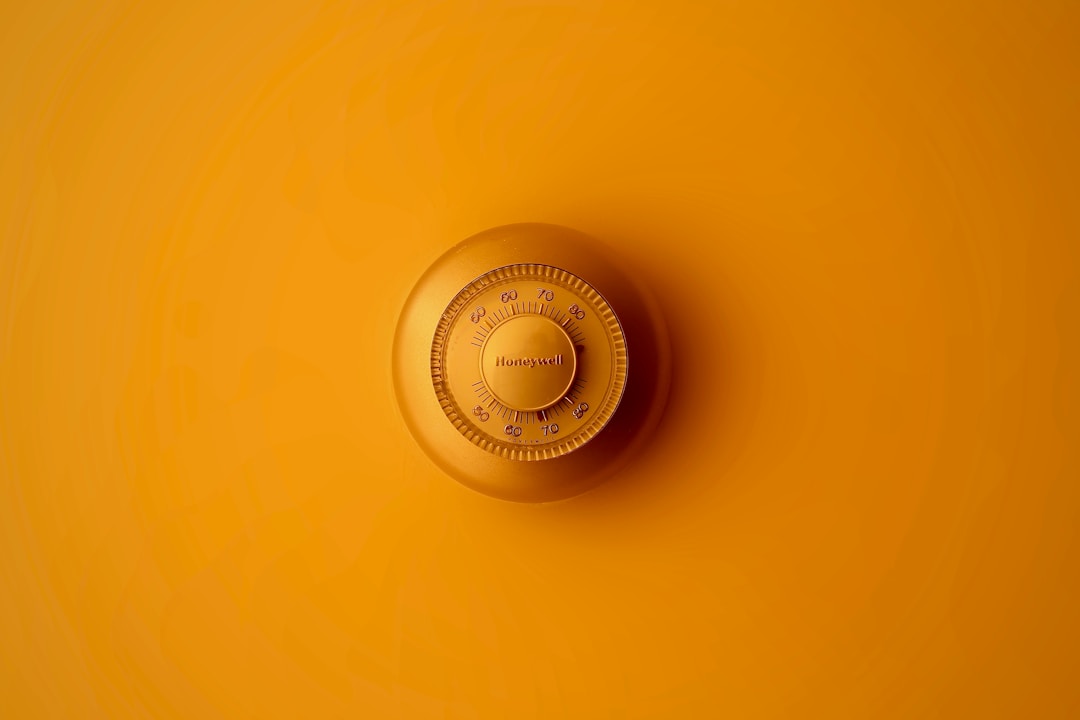There aren’t many systems in your home that impact your health and comfort more than your HVAC system. Your thermostat is an essential part of that system, and there can be serious effects for you and your family if it isn’t in good working order. Many things can cause a thermostat to break or function improperly, or it could just be due to the age of your HVAC system. Some homeowners might delay replacing an old thermostat, but there are a lot of reasons why you should take care of it as soon as you’re able to. Read on to learn why it’s so important that you replace a malfunctioning thermostat swiftly.
When should you replace your thermostat?

It’s necessary to replace a thermostat that doesn’t work well. A broken or malfunctioning thermostat can cause several major issues around the house, in addition to costing you money. When your thermostat isn’t functioning properly, one of the biggest problems is that it will cause your system to short cycle. This means your system will be overworked from constantly turning on and off, causing an increase in your energy bills.
You may also have trouble keeping your home warm or cool when your thermostat isn’t working properly. The temperature readings on a faulty thermostat are likely to be inaccurate. You should also ensure your thermostat isn’t positioned in an area where the temperature readings could be affected by the environment. This means avoiding placing it near sunny windows, electrical appliances, or in the kitchen.
You should also make sure you keep up with regular maintenance on your HVAC system. You should have a technician inspect the unit once annually and have the filter changed at least every 90 days. You can change the air filter as often as every 30 days, depending on environmental factors in your home. Anyone experiencing frequent malfunctions or breakdowns with a system that is over 10 years old should consider replacing it entirely.
Should you upgrade to a smart thermostat?

One idea homeowners should consider is upgrading to a smart thermostat. There are a number of advantages to installing a smart thermostat, but a major reason for their popularity is the fact that they can save you a significant amount of money on your monthly utility bills. Smart thermostats also give you more control over the heating and cooling system in your home. A programmable thermostat can run on a schedule, and it can even be managed remotely from a mobile phone app in some cases.
Prospective homebuyers are also starting to prioritize homes that have sustainable and eco-friendly technology, including devices like a smart thermostat. While you may not be considering a move now, it’s always a good idea to make upgrades that are likely to improve your home’s equity. The increased focus on the importance of environmentally friendly innovations and the number of people subscribing to the idea of sustainability mean that the value of these types of upgrades is likely to continue to rise.
Your HVAC system, and in turn your thermostat, is essential to maintaining a comfortable and healthy home. Every homeowner should keep an eye out for red flags that could indicate a problem with your thermostat. Suspiciously high energy bills, inaccurate temperature readings, and temperature fluctuations within your home can all be warning signs that something is wrong. Putting off repair or replacement could potentially cost you money, in addition to lowering your quality of life at home. If you think that you may have a thermostat problem, call a professional to have it repaired or replaced as soon as possible.

